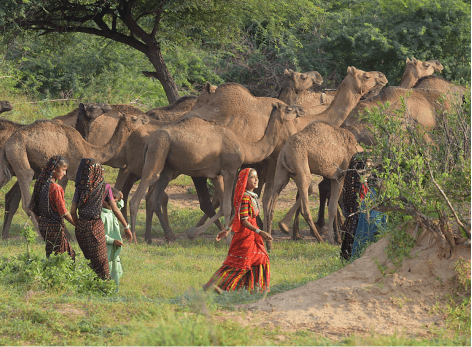
First, there are growing restrictions on herders with regard to accessing their traditional grazing grounds.
Second, there have been very few attempts by the state or the private sector to invest in pastoral livelihoods.
Third, over the past seven decades, there have been only a handful of instances in which animals bred by pastoral communities have been recognised as distinct breeds.


